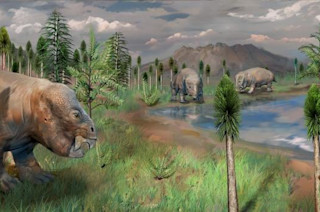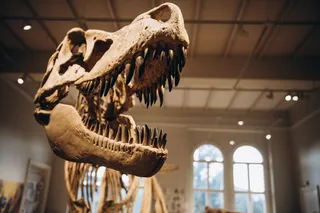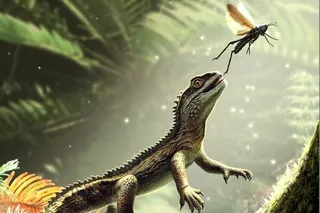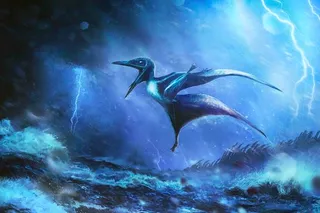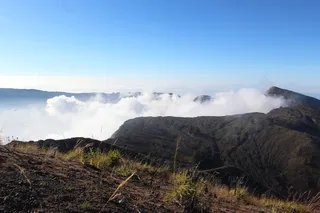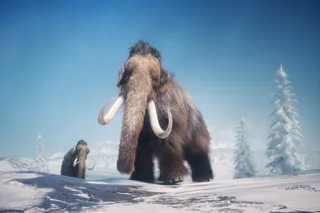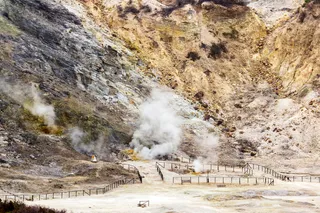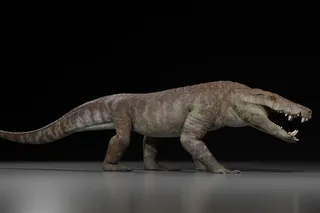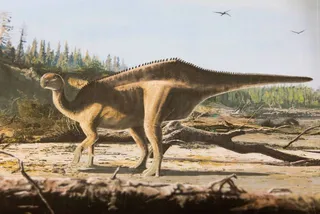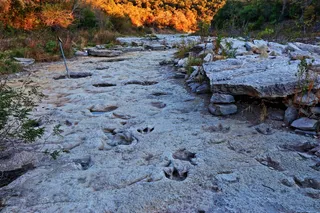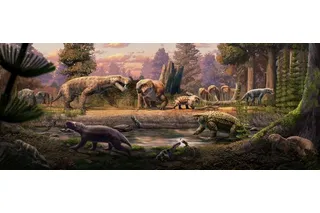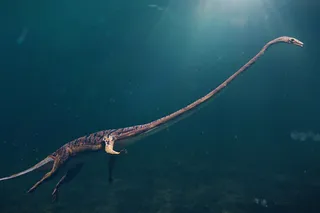Even during one of Earth’s largest mass extinction events, where heat waves kill of a majority of Earth’s species, at least one oasis of survival existed.
The findings suggest that there may have been pockets of protection throughout Earth — challenging the notion that the heat affected life on the planet uniformly, according to a paper in Science Advances.
About 250 million years ago, a series of massive volcanic eruptions warmed Earth. This period, sometimes referred to as “The Great Dying”, was aptly named. It killed off about 95 percent of marine species and 75 percent of land-locked lifeforms, although some species appeared clever enough to find ways to beat the heat.
The researchers found an abundance of plant fossils dating back to that time in China’s Turpan-Hami Basin. The implication? Even though the region was relatively close to some volcanic activity, it somehow shielded a wide variety of plants.
...


